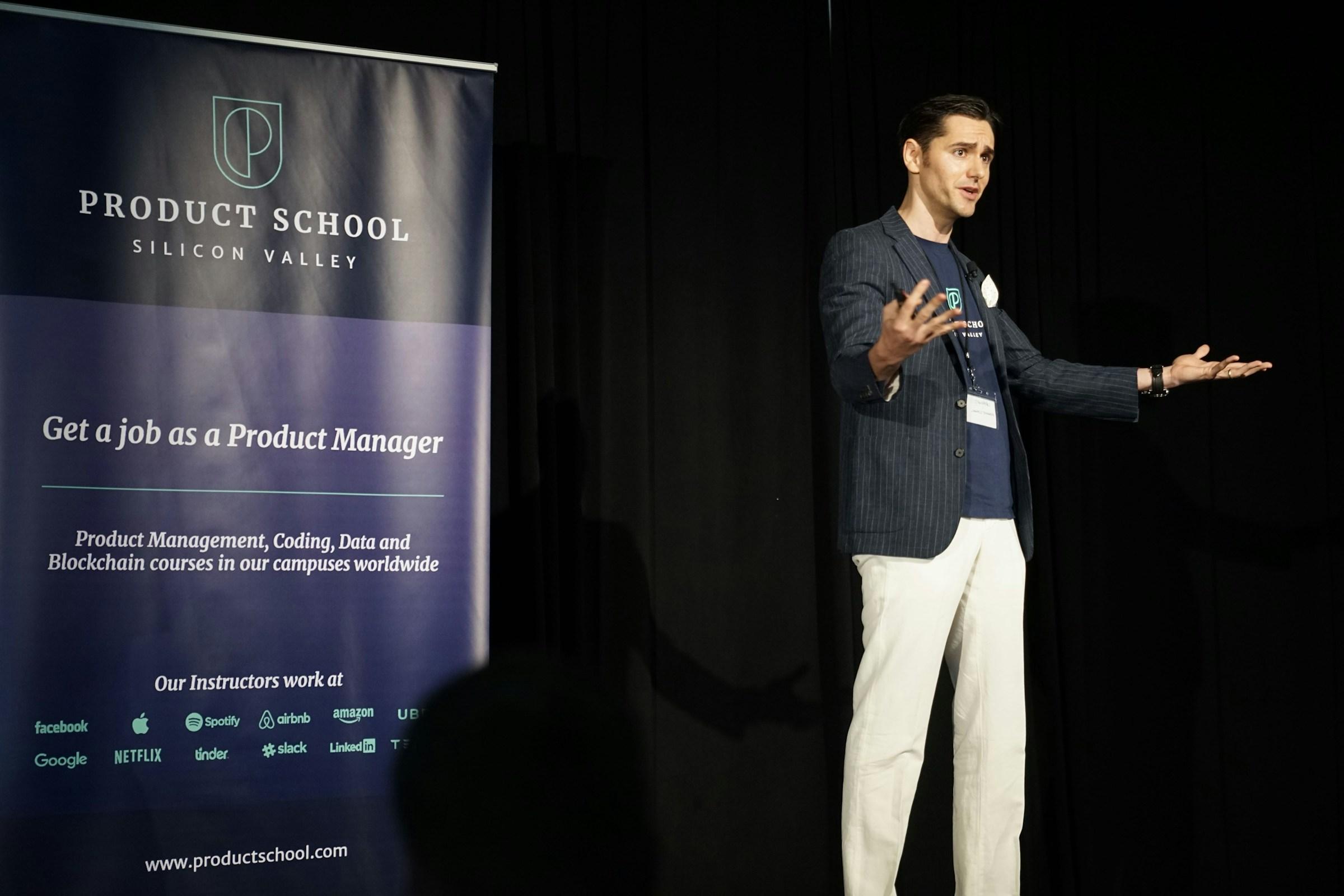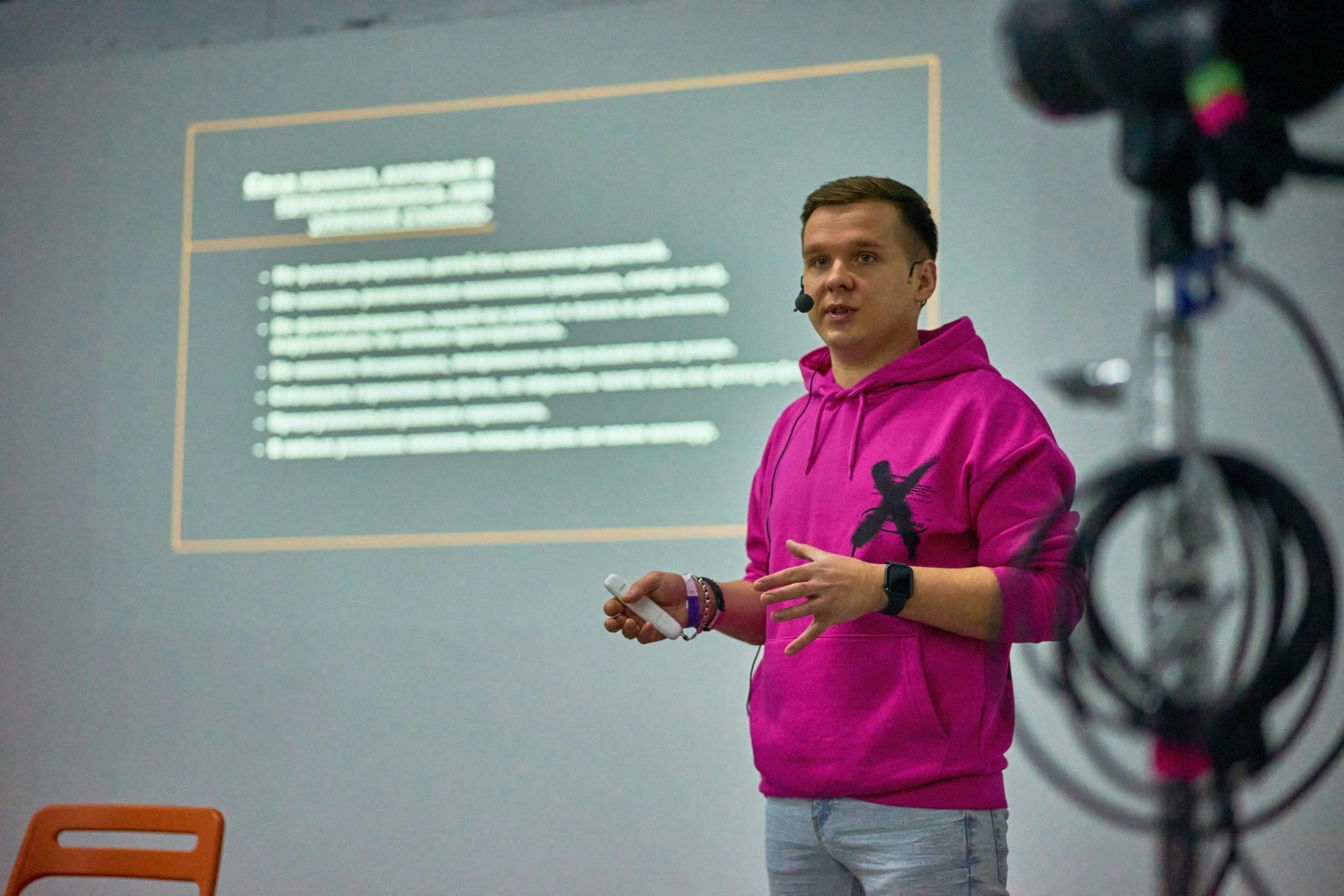Founders and operators often tell themselves that grit will outlast a bad environment. Stay a little longer, push a little harder, prove you can survive. The problem is that a toxic workplace is not a neutral backdrop. It is an active system that rewrites your standards, narrows your attention, and traps your calendar in low value work. The longer you remain, the worse the trade becomes. You hand over energy, optionality, and the signal quality of your track record. In simple terms, the risks of staying in a toxic job are compounding, not linear.
Toxicity is more than cruelty or loud incompetence. It is the steady gap between what leaders say and what they do. Budgets drift without logic, targets shift after delivery, credit is reassigned in quiet rooms, and escalation invites retaliation rather than resolution. These conditions do not only shape how you feel. They shape how you think, decide, and build. They reward the behaviors that preserve the dysfunction and punish the behaviors that would correct it.
One of the first hidden costs is skill decay dressed as speed. Toxic teams celebrate motion and confuse it for progress. You are flooded with intense work that teaches nothing repeatable. Fire drills masquerade as learning, post mortems never change the playbook, and busy weeks produce scars rather than strength. In healthy environments, pressure translates into new muscles you can use again. In unhealthy ones, pressure teaches you coping, not compounding. The market pays for repeatable value creation, not for the ability to endure chaos. When you eventually interview, you notice the gap. There are fewer shipped improvements you can showcase, thinner examples of process you designed, and slimmer metrics that you truly owned end to end. That gap shows up in your confidence and in the band you are offered.
Reputation suffers next, often without you noticing. The market judges you not only for what you did but for how you did it, with whom you did it, and under what bar. Toxic companies develop a smell long before headlines appear. Good operators leave first. The longer you stay, the more observers assume you were part of the problem or at least comfortable normalizing it. This is not always fair, but hiring is powered by pattern recognition. Association becomes a data point, then becomes the headline. Even your references erode in credibility when they are embedded in the same system. A manager who punished dissent will not speak with balance about your push for quality. A political peer will not go out of their way to highlight your work in a cross check. You cannot outwork a narrative that the market has already learned to distrust.
Network quality deteriorates as trust erodes. Healthy jobs help you grow a circle of people who will tell you the truth and open doors when it matters. Toxic jobs shrink that circle. When escalation is unsafe and feedback carries consequences, people hoard information. Collaboration becomes transactional. You stop making introductions because you do not want to expose friends to your own workplace. Over time your network tilts inward toward others who tolerate the same dysfunction. That kind of network has weak currency when you need a referral, a cofounder, or a sanity check on a new idea. Meanwhile the better network has already moved on. They form new teams, join stronger funds, and spin up projects while you are still managing fallout. A year later you notice that the people who left early are compounding together and you are still rebuilding trust one coffee at a time.
Burnout arrives dressed as commitment. Late nights feel justified because everything is always on fire. You convince yourself that the next quarter will be different. You accept meetings that should not exist and clean up work that should never have left a draft. You call this teamwork. Your body calls it chronic stress that has been given a professional label. The real cost is a narrowing of your creative range. You start saying yes to smaller tasks because they feel safe and controllable, and you avoid the strategic projects that would change your trajectory because there is no space left for slow thinking. Careers flatten even as calendars look busy.
Earnings take a quieter hit that compounds beyond this job. You can tough out the insults, but you cannot dodge the math. Each extra year in a low growth, high politics system is a year that does not translate into leverage during your next compensation conversation. Titles inflate without authority, scopes expand without budget, and your last paycheck fails to justify a higher band when you reenter a healthy market. You negotiate from the wrong baseline and lock in a lower slope for years. If you planned to switch functions, markets, or company stage, you also sacrificed a learning cycle that would have improved your options. Hiring windows close, technologies shift, and the offer you could have earned in a healthier year becomes a story you use to rationalize another quarter.
The most dangerous effect is values drift. Toxic systems recalibrate your sense of normal. You lower the bar for leadership because admitting you need a new one is painful. You rationalize silence because it feels like survival. You start to believe that politics are simply how companies work. A year later you have a habit. You hesitate to speak with clarity, you expect consequences for honesty, and you walk into healthier rooms with the wrong playbook. You can repair this drift, but it requires time, intent, and new peers who reward the behaviors you want to restore.
Getting out is not a single leap. It is a sequence that reduces risk while increasing leverage. Start by rebuilding signal inside the constraints you have. Ship work that is small, clear, and fully ownable. Choose initiatives that avoid permission loops. Document the before and after so the artifact survives the environment. This gives you a portable portfolio that does not require a political backstory. In parallel, reroute your network on a fixed weekly cadence. Speak with former colleagues who now operate in high trust contexts. Ask for specific referrals, not open ended introductions, and offer value in return through quick teardowns, benchmarks, or notes that help them move faster. Identify at least two references who can credibly speak to your work outside the most toxic chain of command, such as a senior cross functional partner, a customer champion, or a manager who left earlier. Align with them on the projects you will highlight and give them context, not scripts. Then reset your interview narrative. Do not rant and do not sugarcoat. Describe the environment using clinical language and shift quickly to what you built, what you learned, and how you will apply those systems in a healthier team. Interviewers are searching for signals that you produce value without drama. Finally, time your jump with your finances in view. Runway widens your options. Without runway, set a maximum search window and a minimum acceptable bar, then take the step that moves you into a higher trust system where you can re accelerate.
If you are unsure whether to stay, run a simple diagnostic on one page. Ask whether your learning curve is visible in shipped work over the last two quarters or only visible in hours worked. Ask whether the people you most respect still work here and whether they intend to stay. Ask whether two credible references could describe your impact without tripping internal politics. Ask whether the system would improve or degrade if you vanished for two weeks. Ask whether you would hire your own leadership to lead a team you care about. If you cannot answer yes to at least three, you have your answer. This is not a rough patch. This is a system that will not compound in your favor.
Leaders should treat attrition born of toxicity as a design failure, not a retention failure. People leave when system debt exceeds their belief that change will be enforced. Correction does not come from slogans or swag. It comes from enforcement, clarity, and ownership. Close the loop on escalations with visible action. Publish who owns what and replace owners who treat power like protection. Reward the people who make the system cleaner, not the ones who perform urgency. Your strongest operators will not negotiate with toxicity forever. They will go where their energy is respected.
Toxic environments rarely ruin careers in a single blow. They wear them down through quiet, explainable compromises that add up. The correction begins with an honest view of risk. Leaving is not weakness. It is a rational refusal to trade long term leverage for short term survival. The market rewards operators who build in daylight. Choose the system that lets you turn work into skill, skill into leverage, and leverage into better choices. When you adopt that frame, the path out becomes clear and the future stops looking like a series of emergencies and starts looking like a sequence you can design.









.jpg&w=3840&q=75)




